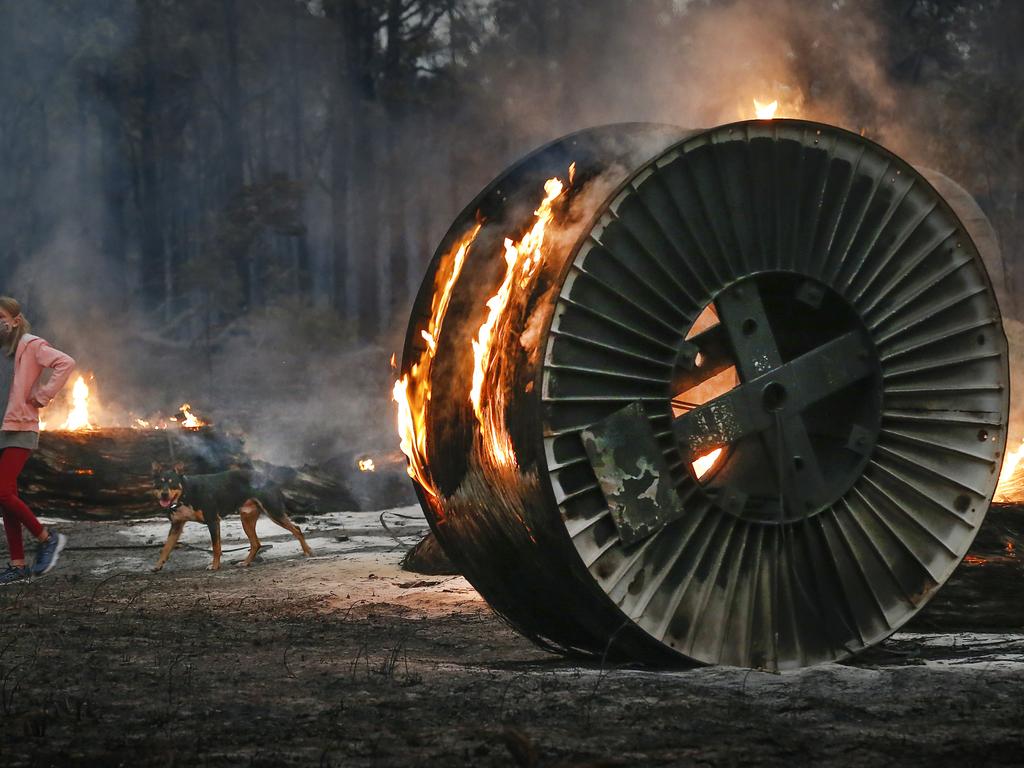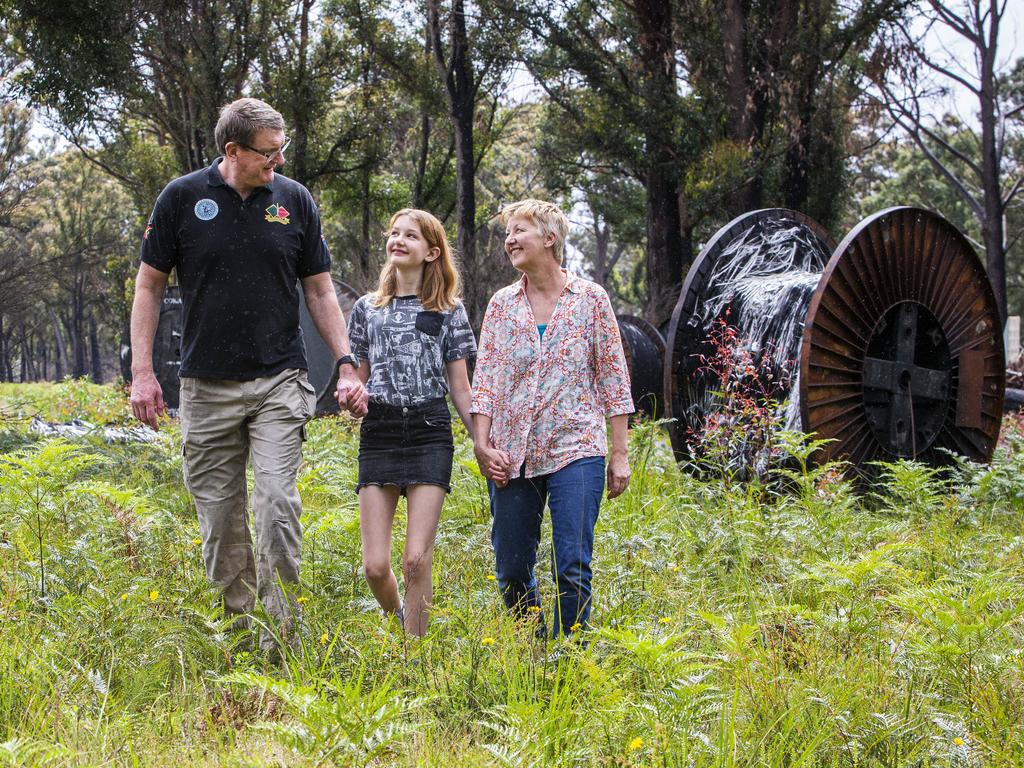Fighting spirit and hope nearly two years after Black Summer
Fighting spirit of Australian honoured in new photo essay of Black Summer bushfires.
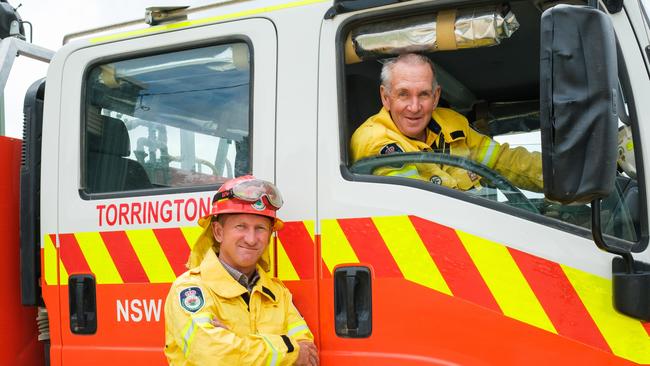
Firefighting father and son Bob and Greg Kneipp have more than 60 years experience between them but neither had lived through an emergency like the Black Summer of late 2019 and early 2020.
They are volunteers with the NSW Rural Fire Service, based near the historic town of Torrington in the state’s far north, about an hour south of Tenterfield.
The town of about 70 was little known before that summer’s bushfires, which killed 33 people and destroyed more than 3000 homes across the country.
“We have had big fires, but not that bad. They were definitely worse than I have seen,” said Greg Kneipp, 46. “There are still scars, you can imagine. (A lot of them are) trying to rebuild. Even a few days after I ended up taking a few of the RFS chaplains around to the people that had lost homes. That was pretty hard to sit down and talk with them.”
About 14 houses of 60 were destroyed by what became known as the Gulf Road fire. It jumped containment lines a few days before November 10, 2019, and later blew into town on the back of winds of up to 70km/h.
About 60 firefighters worked together for eight days straight to try to contain the blaze. Despite close calls, everyone in town walked away with their life.
Greg and his dad became the accidental faces of the firefighters when a photo of them, taken on that November 10 was projected onto the sails of the Sydney Opera House in January 2020.
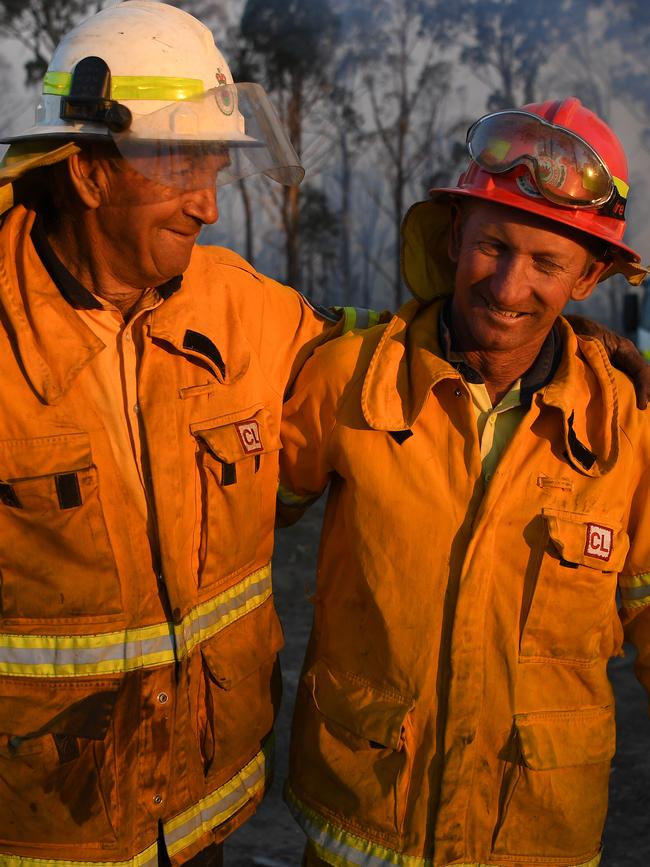
That photo is included in a new book called Fighting Spirit to be launched on Monday, dedicated to the survivors and volunteers who helped in the aftermath of the fires which burned nearly one quarter of temperate forests in NSW, Victoria and the ACT. It is a joint production by News Corp Australia and the National Resilience and Recovery Agency.
In a foreword, Scott Morrison writes the book is a reminder of the horror bushfire season but also a token of Australian resilience.
“Australians proved themselves remarkable, standing by each other during the toughest of times,” the prime Minister writes.
One of those Australians is Raj Gupta, a pharmacist from Malua Bay on the NSW south coast who has worked throughout the pandemic, serving his community after it was nearly flattened almost two years ago.
“I go to work mainly because it makes me happy and I keep very busy. I work long hours and I don’t get much time to reflect on things. But having said that, the bushfires were such a major tragedy that the effects … are still noticeable,” Mr Gupta said.
“Some people have left Malua Bay, a lot of people whose houses were burnt,” he said.
Herald Sun photographer David Caird was on holiday just before New Year’s Eve when he sprinted to the Victorian town of Mallacoota in the state’s far east to take some of the most iconic photos of the entire season, including the day locals were evacuated from the foreshore by the ADF.
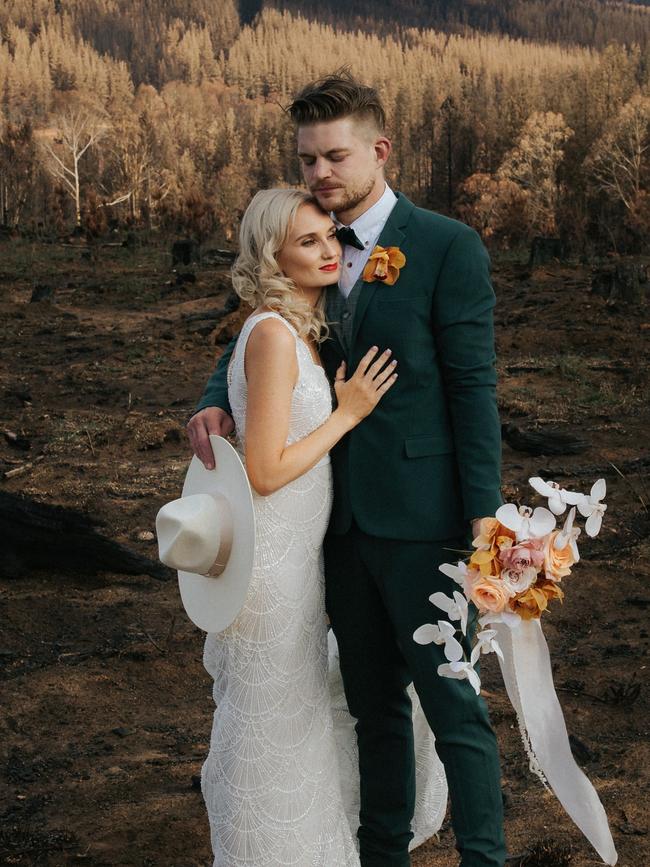
“(There was) the whole spectrum of emotions. Kids looking worried, Parents looking worried. Bit of crying. Some were excited to go on a big military boat,” he said.
“Before the evacuation, the wind dropped and the smoke hung in the air. The sun was just a disk in the sky.”
Tiffany and Sean Duncan decided to get married in February 2020 in Tumbarumba in southern NSW, even though fire scorched the sugar pine plantations where they were engaged and planned to be married.
“We just feel incredibly lucky to be from such a resilient community,” the grateful couple said.


